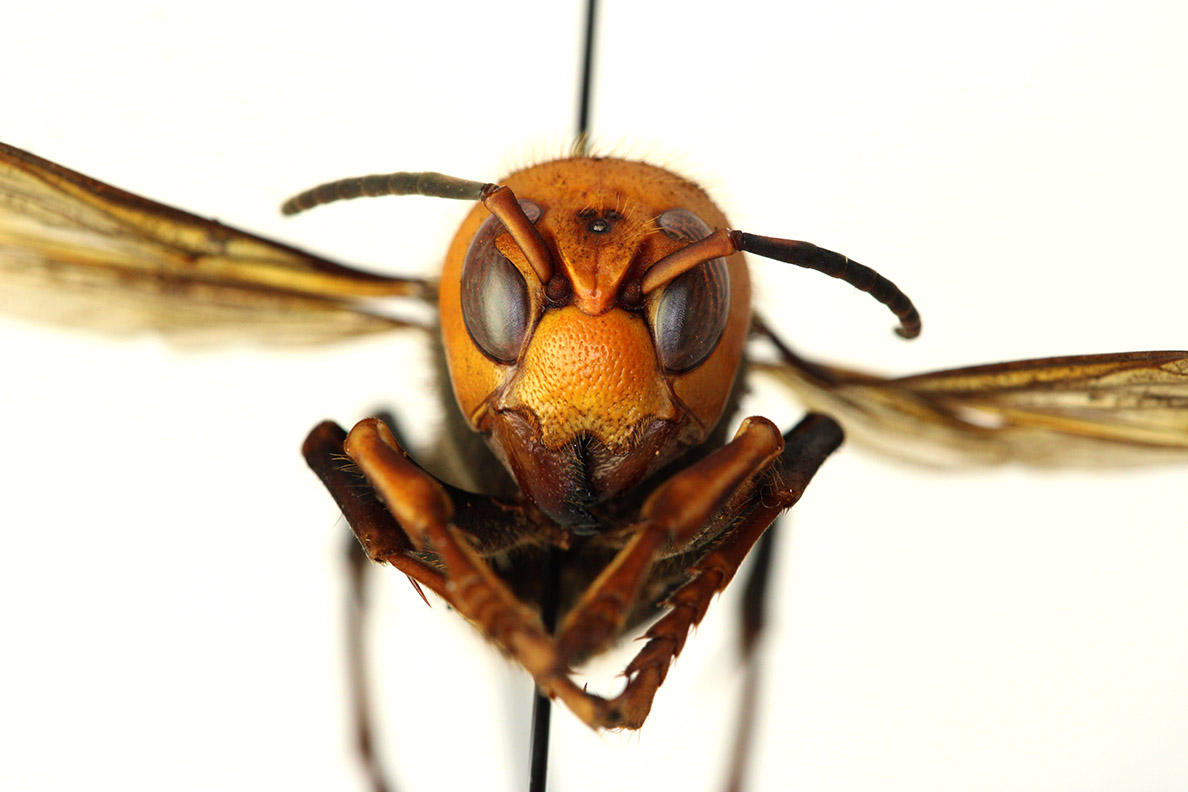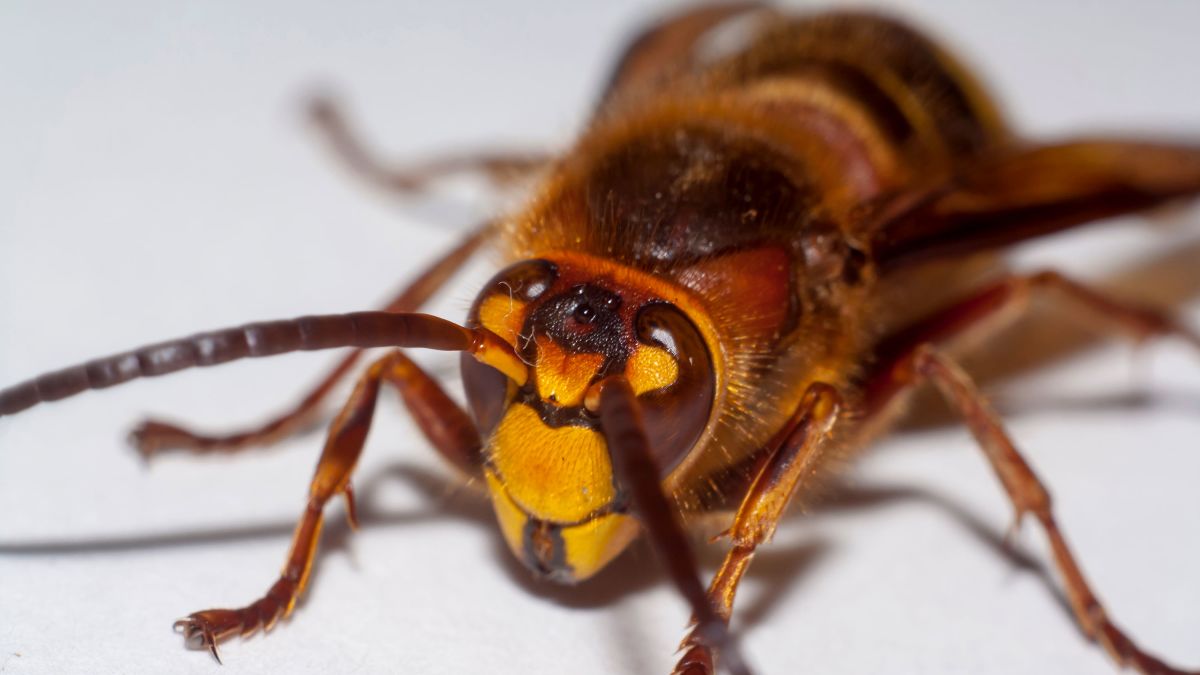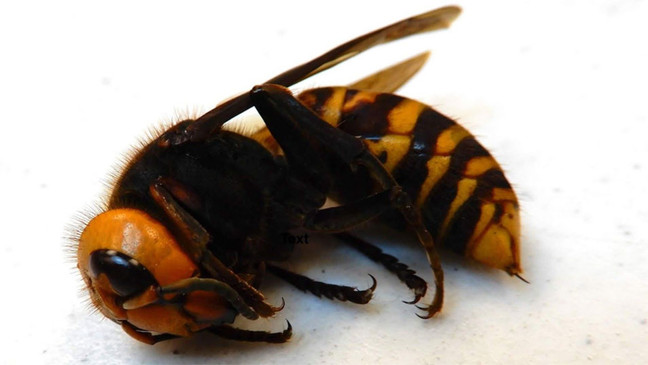For those of us who usually sleep nightmare-free, this weekend was probably especially cruel. I can’t imagine most of us slept through the night without horrific venomous creatures buzzing in and out of our dreams. Three words folks…
Asian. Giant. Hornets.
Over the past few days, national media outlets have cut through the endless COVID-19 news cycle to bring us another terrifying threat––killer bees. This is no joke, Asian giant hornets have been spotted in my home state of Washington and there is plenty of room for concern.

Would you want to mess with an Asian giant hornet? (photo courtesy of the WSDA).
These hornets are two inches long and look like they came straight out of a horror movie. Well, they probably came from Japan, but that is beside the point. Bottom line, these things are nasty. But if the physical sight of one doesn’t bother you, perhaps their violent tendencies will.
Asian giant hornets will attack and kill with little provocation. It takes just a few stings to kill a human. Don’t insult an Asian giant hornet with a beekeeping suit either, its stinger will cut through it. Seriously. A sting will draw blood and misery, no matter how protected you think you are when you encounter one. That is why the best course of action, if you are ever unlucky enough to cross paths with an AGH, is to simply run away.

These things are bad news (photo courtesy of CNN).
Interestingly enough, this sensible advice was given by a Washington State Department of Agriculture entomologist in something called the WSU Insider. An online publication, the WSU Insider is produced by University Marketing and Communications at Washington State University…AKA the department I work for. Fortunately for me, I have the privilege of working closely with the talented individuals who make the Insider happen.
But what am I getting at? What’s so cool about another Asian giant hornet story? That’s the thing! It wasn’t just another Asian giant hornet story…it was one of the very first!
Way back on April 6, that day’s edition of the WSU Insider carried the story of this invasive species. That’s right, four weeks before our country temporarily shifted its focus from a killer virus to killer bees, our publication was already alerting our region of the issue.
But why did the Insider have such an “inside” scoop with this story? It is because Washington State University is leading the way on this interesting yet troublesome situation.

WSU is leading the response to this invasive species.
Our scientists at WSU are all over this. They are providing management advice to beekeepers and helping the public identify the hornets. They are also lending a hand to the agency charged with trapping and eradicating these dangerous insects, the WSDA.
One more thing I would like to add. I spent a lot of time at the beginning of this post describing how Asian giant hornets are bad for humans. While this is true, their wrath is even worse for honey bees. These hornets assault honey bee hives and decapitate the occupants and devour the larvae. With entire honey bee colonies eliminated, important crops are not pollinated, creating a big problem for growers. It is a fact of nature that invasive species usually cause nothing but harm.
Let’s hope the harm caused by these Asian giant hornets is minimal! Next time a post pops up on your social media feed about these terrifying insects, know that WSU is playing a big role in swatting this issue.
